In our modern economy, financial institutions, from regional financial services to insurance companies, increasingly depend on complex IT systems to drive their core operations, manage risk, and deliver seamless customer experiences. With this increased reliance on technology, the need for careful documentation of IT changes has never been more critical.
As financial services continuously evolve their IT systems to keep up with the ever-changing landscape, effective change management becomes a critical success factor. Without robust change management processes, financial institutions risk system outages, data breaches, and significant financial losses due to compliance violations.
This guide covers IT change management for financial services, providing insights, best practices, and strategies for successfully navigating the complexities of managing IT changes.
The Critical Role of Change Management in Banking IT Operations
IT change management refers to the process of planning, controlling, and implementing modifications to an organization's IT environment in a systematic and coordinated manner. Gartner reports that 80% of unplanned downtime is caused by poorly planned changes to IT systems, highlighting the importance of a well-structured change management process. 1
A change management policy and procedure define what actions are taken to manage the implementation of new software and operating systems, enhancements to existing systems and even patches and “fixes”. Effective change management ensures that IT changes are thoroughly assessed, prioritized, tested, and implemented in a controlled manner, aligning with the bank's business objectives and regulatory requirements.
Primary Goals of IT Change Management
In the financial services sector, IT change management is crucial due to the industry's heavy reliance on technology, strict regulatory requirements, and the critical nature of financial transactions.
.webp)
The primary goals of IT change management in this context are:
1. Minimize Disruption
In financial services, even minor disruptions can have significant consequences. IT change management aims to:
- Ensure continuous availability of critical systems like trading platforms, online banking interfaces, and transaction processing systems.
- Schedule changes during off-peak hours to minimize impact on customer-facing services.
- Implement changes gradually or in phases to reduce the risk of widespread disruption.
- Have robust rollback plans in place to quickly revert changes if unexpected issues arise.
2. Reduce Risk
Risk management is paramount in financial services. IT change management contributes by:
- Conducting thorough risk assessments before implementing any change, considering factors like data security, system interdependencies, and regulatory compliance.
- Implementing changes in test environments that mirror production systems to identify potential issues.
- Ensuring all changes comply with cybersecurity best practices to protect against evolving threats.
- Coordinating with risk management teams to align IT changes with the organization's overall risk appetite.
3. Ensure Stability
Stability of IT systems is critical for maintaining trust and operational efficiency. This goal involves:
- Rigorous testing of all changes, including stress testing for high-volume scenarios common in financial transactions.
- Monitoring system performance before, during, and after changes to ensure stability.
- Implementing changes incrementally to isolate and address any stability issues quickly.
- Maintaining redundancy and failover systems to ensure business continuity even if a change causes unexpected instability.
4. Track and Document
Detailed tracking and documentation are essential for regulatory compliance and operational efficiency:
- Maintaining comprehensive change logs that detail what was changed, why, when, and by whom.
- Ensuring all changes are traceable for audit purposes, which is crucial for meeting regulatory requirements like SOX, GDPR, or industry-specific regulations.
- Documenting the impact of changes on system configurations, data flows, and security measures.
- Creating and maintaining up-to-date system documentation to support future changes and troubleshooting efforts.
5. Align with Business Objectives
IT changes in financial services must support broader organizational goals:
- Ensuring IT changes support new product launches, market expansion, or improved customer experiences.
- Aligning IT infrastructure changes with business strategies for digital transformation or cloud migration.
- Prioritizing changes that enhance regulatory compliance or improve risk management capabilities.
- Supporting changes that increase operational efficiency, reduce costs, or improve data analytics capabilities for better decision-making.
Key Principles of Effective IT Change Management
To establish a robust IT change management framework, institutions should adhere to the following key principles:
- Standardization: Develop standardized processes and procedures for initiating, reviewing, approving, and implementing changes.
- Risk Assessment: Conduct thorough risk assessments to identify potential impacts and mitigation strategies for each proposed change.
- Collaboration: Foster collaboration among IT teams, business stakeholders, and external partners to ensure a comprehensive understanding of change requirements and dependencies.
- Transparency: Maintain transparency throughout the change management process, ensuring clear communication and documentation of changes.
- Continuous Improvement: Regularly review and refine the change management process based on lessons learned and industry best practices.
Types of IT Changes in Financial Services
.webp)
Financial institutions encounter various types of IT changes, each with its own characteristics and challenges. Some common types of changes include:
- Infrastructure Changes: Modifications to hardware, network components, or data center facilities.
- Application Changes: Updates, upgrades, or replacements of software applications used in banking operations.
- Security Changes: Implementations or modifications of security controls, policies, or procedures to protect sensitive data and systems.
- Compliance Changes: Adjustments to IT systems and processes to meet new or updated regulatory requirements.
- Process Changes: Optimizations or re-engineering of IT processes to improve efficiency and effectiveness.
Regulatory Compliance and IT Change Management
The banking industry is subject to stringent regulatory requirements, and IT change management processes must align with these regulations. Some of the key regulatory considerations include:
- OCC (Office of the Comptroller of the Currency): The OCC provides guidance on IT risk management, including change management, in its Comptroller's Handbook.
- Federal Reserve: The Federal Reserve's Supervision and Regulation Letter (SR 11-9) outlines expectations for IT risk management, including robust change management practices.
- FDIC (Federal Deposit Insurance Corporation): The FDIC's Information Technology Risk Examination (InTREx) program assesses financial services' IT risk management practices, including change management.
- FFIEC (Federal Financial Institutions Examination Council): The FFIEC emphasizes the importance of change management in its IT Examination Handbook. 2
- COBIT (Control Objectives for Information and Related Technologies): The COBIT framework includes specific guidelines for IT change management in financial institutions.3
Financial institutions must ensure that their change management processes comply with these regulatory requirements and are adequately documented to facilitate audits and examinations.
.webp)
Developing and Implementing an IT Change Management Policy and Procedure
A change management policy and procedure define what actions are taken to manage the implementation of new software and operating systems, enhancements to existing systems and even patches and “fixes”. This section will cover the key aspects, but a regular professional review of your specific systems is necessary to ensure effective operational performance.
Areas of Focus for IT Change Management
1. Change Management Definitions and Methodology
Establish clear definitions for different types of changes and develop a consistent methodology for managing them. This includes:
- Categorizing changes (e.g., minor, major, emergency)
- Defining approval processes for each category
- Establishing clear criteria for assessing change impact
2. Employee Roles and Responsibilities
Clearly define and communicate roles within the change management process:
- Identify key stakeholders involved in change processes
- Establish clear lines of responsibility and accountability
- Ensure proper segregation of duties to maintain control integrity
Establishing a hierarchy of oversight is essential for proper governance. A Change Advisory Board (CAB) is a cross-functional team responsible for reviewing, assessing, and approving proposed changes. The composition of the CAB may vary depending on the institutions size and structure, but typically includes representatives from:
- IT operations
- Application development
- Information security
- Risk management
- Compliance
- Business units
The CAB's primary responsibilities include:
- Reviewing change requests and assessing their impact and risk
- Prioritizing changes based on business needs and resource availability
- Ensuring compliance with regulatory requirements and industry standards
- Approving or rejecting change requests based on a comprehensive evaluation
- Monitoring the implementation of approved changes and reviewing post-implementation results
3. Tracking External Changes and Updates
Develop robust processes for monitoring and implementing external changes:
- Stay informed about vendor updates and patches
- Monitor regulatory changes that may impact systems or processes
- Establish procedures for evaluating and incorporating external changes
4. Testing and Implementation Access Control
Implement strong access control policies for testing and implementation phases:
- Define who has access to testing environments
- Establish protocols for elevating access during implementation
- Ensure proper logging and monitoring of access during change processes
5. Security Management in Change Processes
Integrate security considerations throughout the change management lifecycle:
- Conduct security impact assessments for proposed changes
- Implement security checks at each stage of the change process
- Ensure changes to physical networks, systems, and applications maintain or enhance security posture
%201%20(1).svg)
%201.svg)
THE GOLD STANDARD INCybersecurity and Regulatory Compliance
The IT Change Management Process Example Steps
A well-defined IT change management process is essential for ensuring consistency and efficiency.
.webp)
The following steps outline a typical change management workflow:
- Change Request Initiation: Identify and document the need for a change, including its objectives, scope, and potential benefits.
- Change Assessment: Analyze the impact of the proposed change on IT systems, business processes, and stakeholders.
- Change Prioritization: Prioritize changes based on their urgency, importance, and alignment with business goals.
- Change Planning: Develop a detailed plan for implementing the change, including timelines, resources, and contingency plans.
- Change Testing: Conduct thorough testing in a controlled environment to validate the change and identify any issues or risks.
- Change Approval: Obtain necessary approvals from the Change Advisory Board (CAB) and other relevant stakeholders.
- Change Implementation: Execute the change according to the approved plan, ensuring minimal disruption to business operations.
- Post-Implementation Review: Conduct a review of the implemented change to assess its effectiveness and identify any necessary follow-up actions.
Applying the Systems Development Life Cycle (SDLC) to IT Change Management
The Systems Development Life Cycle (SDLC) is a conceptual framework that defines the process for planning, creating, testing, and deploying an information system. The SDLC ensures that all modifications to IT systems are methodical, controlled, and aligned with business objectives. This framework should be applied to any software application that is managed in-house.
7 Key Phases of SDLC in Change Management
.webp)
- Planning: In this initial phase, the proposed change is evaluated against business needs and regulatory requirements. Financial institutions must carefully consider the impact of any change on their risk profile and compliance status.
- Analysis: This phase involves a detailed examination of the current system and the proposed changes. For financial institutions, this often includes a thorough risk assessment and evaluation of regulatory implications.
- Design: The change is designed in detail, including technical specifications and security measures. In the financial sector, this phase often involves collaboration between IT, compliance, and business units to ensure all aspects are covered.
- Development: The actual coding or configuration changes occur in this phase. Financial institutions often employ strict version control and documentation practices to maintain auditability.
- Testing: Rigorous testing is crucial in financial services. This includes unit testing, integration testing, system testing, and user acceptance testing. Special attention is given to security testing and regulatory compliance checks.
- Implementation: The change is deployed to the production environment. Financial institutions often use phased rollouts or pilot programs to minimize risk.
- Maintenance and Review: After implementation, the change is monitored for any issues. In financial services, this phase also includes ongoing compliance monitoring and periodic audits.
SDLC Best Practices in Financial Services Change Management
- Regulatory Compliance: Ensure each phase of the SDLC considers relevant regulations (e.g., GDPR, PSD2, SOX).
- Security-First Approach: Embed security considerations in every phase of the SDLC, not just as an afterthought.
- Documentation: Maintain detailed documentation throughout the SDLC for audit trails and regulatory examinations.
- Stakeholder Involvement: Involve key stakeholders, including compliance officers and business unit leaders, throughout the process.
- Change Advisory Board (CAB): Implement a CAB to review and approve changes, ensuring alignment with business objectives and risk tolerance.
- Automated Tools: Utilize automated tools for version control, testing, and deployment to enhance efficiency and reduce human error.
Tools and Technologies for IT Change Management
To streamline and automate IT change management processes, financial services can leverage various tools and technologies, such as:
- IT Service Management (ITSM) Platforms: Comprehensive software solutions that support the entire change management lifecycle, from request initiation to implementation and review. Examples include ServiceNow, BMC Remedy, and Jira Service Management.
- Configuration Management Databases (CMDBs): Centralized repositories that store information about IT assets, their relationships, and dependencies. CMDBs help in assessing the impact of changes and ensuring the accuracy of change plans.
- Automated Testing Tools: Software tools that enable the automation of testing processes, reducing the time and effort required for manual testing. Examples include Selenium, Appium, and HPE UFT.
- Collaboration and Communication Platforms: Tools that facilitate collaboration and communication among change management team members, such as Microsoft Teams, Slack, and Confluence.
- Continuous Integration/Continuous Deployment (CI/CD) Pipelines: Automated processes that enable the rapid and reliable delivery of changes to production environments, reducing the risk of human error and ensuring consistency.
Measuring the Success of IT Change Management
To continuously improve IT change management processes, financial services must establish metrics and key performance indicators (KPIs) to measure success. Some relevant metrics include:
- Change success rate
- Change implementation time
- Number of failed changes
- Number of emergency changes
- Change-related incidents and downtime
- Stakeholder satisfaction
By regularly monitoring and analyzing these metrics, financial services can identify areas for improvement, optimize their change management processes, and demonstrate the value of effective change management to senior leadership.
Future Trends in Banking IT Change Management
As the banking industry continues to evolve, IT change management practices must adapt to keep pace with emerging trends and technologies. Some notable trends include:
- Agile and DevOps Methodologies: The adoption of agile and DevOps practices can help financial services deliver changes faster and more frequently while maintaining stability and quality.
- Artificial Intelligence and Machine Learning: AI and ML technologies can be leveraged to automate change risk assessments, predict potential issues, and optimize change scheduling.
- Cloud Migration: As financial services increasingly move their IT infrastructure and applications to the cloud, change management processes must adapt to the unique challenges and opportunities presented by cloud environments.
- Continuous Delivery and Deployment: Implementing continuous delivery and deployment practices can enable financial services to release changes more rapidly and reliably, reducing the risk of errors and downtime.
- Increased Automation: Automation will play an increasingly important role in change management, from automated testing and deployment to intelligent change request routing and approval workflows.
By staying attuned to these trends and proactively adapting change management practices, financial services can position themselves for success in the digital age.
NETBankAudit Provides First-Class IT Change Management Procedures Reviews
As the banking industry continues to transform, effective IT change management will remain a key differentiator for organizations that can successfully navigate the complexities of the digital age. Regular testing, audits, and training dramatically lowers compliance and cybersecurity risks, ensuring your organization operates without disruption.
To ensure effective IT change management, financial institutions rely on experts like NETBankAudit to develop standardized processes, foster collaboration, minimize risk, and provide value-add insights. With certified, senior-level auditors and the latest commercial grade tools NETBankAudit sets the standard for compliance and digital security. Reach out for a request for proposal to get started today.
References
[1] Gartner. "Gartner Says 80 Percent of Unplanned Downtime is Caused by People and Process Issues." Gartner, 15 Jan. 2019, https://www.gartner.com/en/newsroom/press-releases/2019-01-15-gartner-says-80-percent-of-unplanned-downtime-is-cause.
2] Federal Financial Institutions Examination Council. "IT Examination Handbook - Operations." FFIEC, https://ithandbook.ffiec.gov/it-booklets/operations.aspx.
[3] SACA. "COBIT 2019 Framework." ISACA, https://www.isaca.org/resources/cobit.
.avif)

.svg)
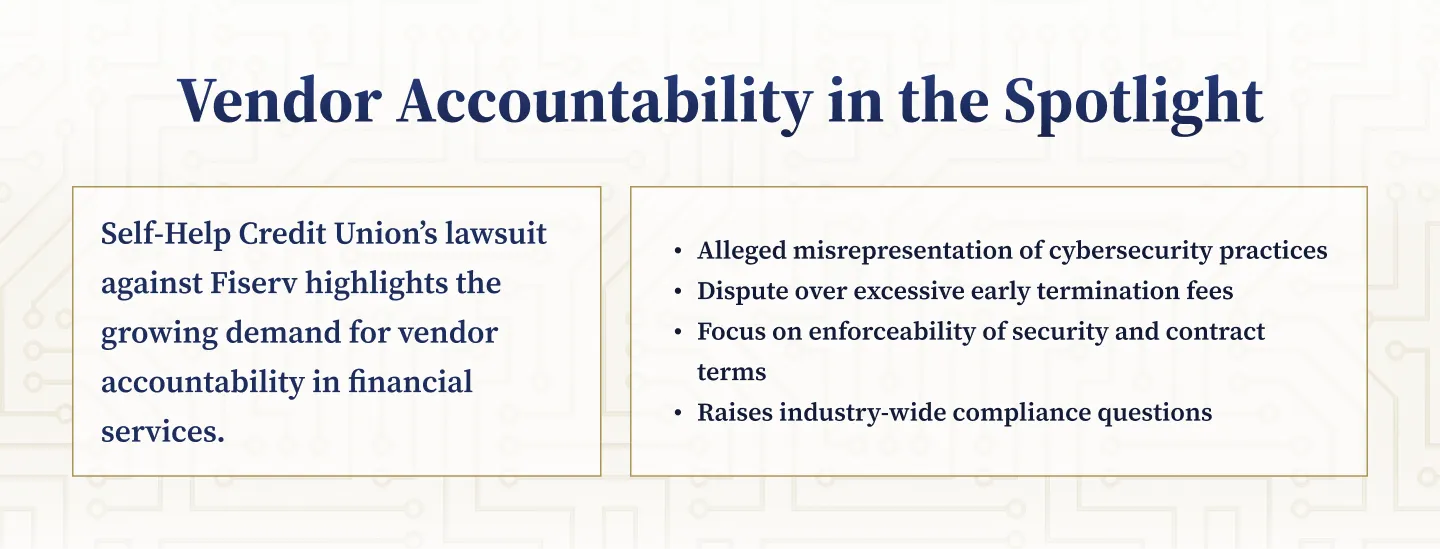
.webp)

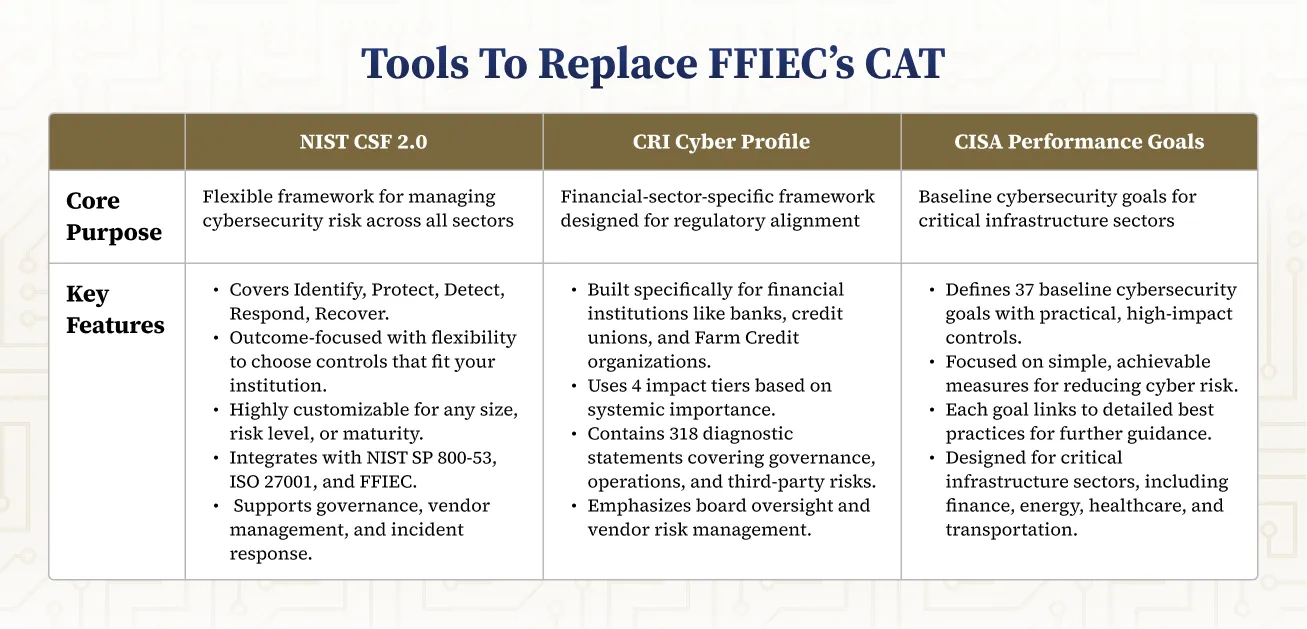
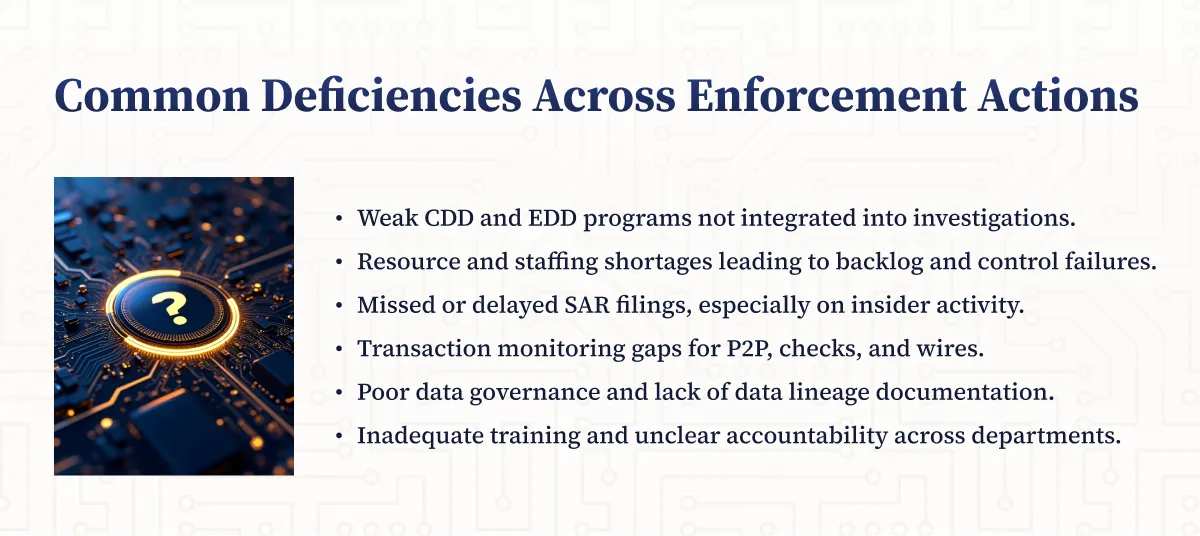
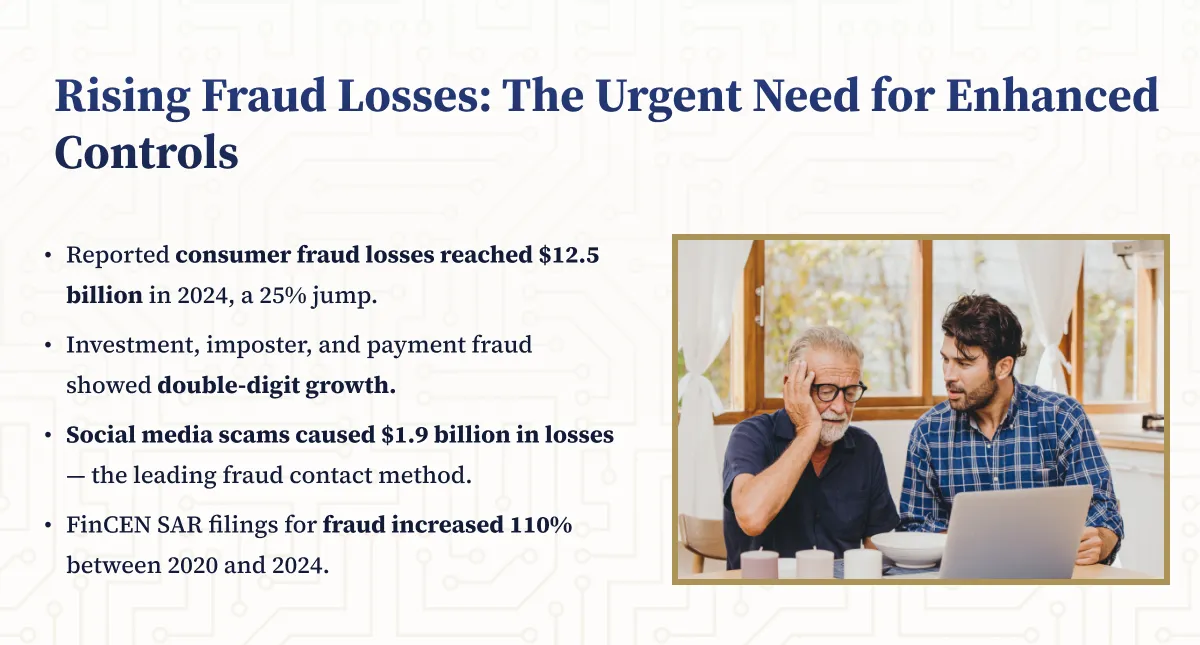
.webp)
.png)
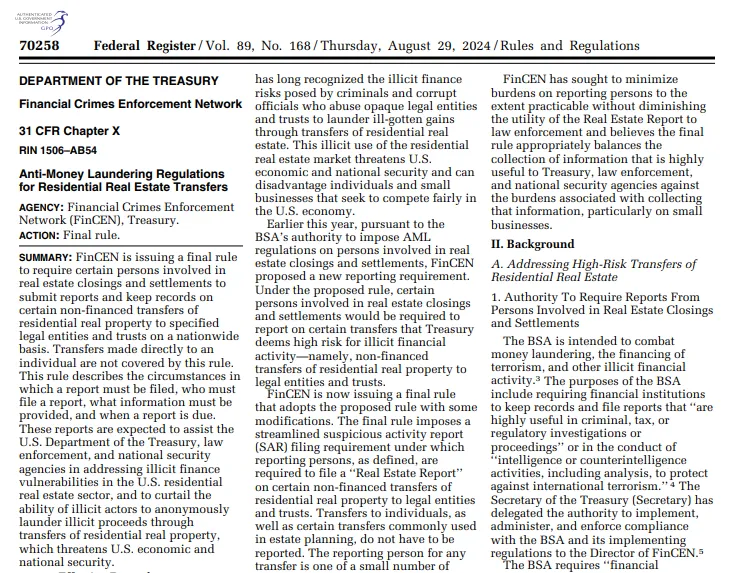
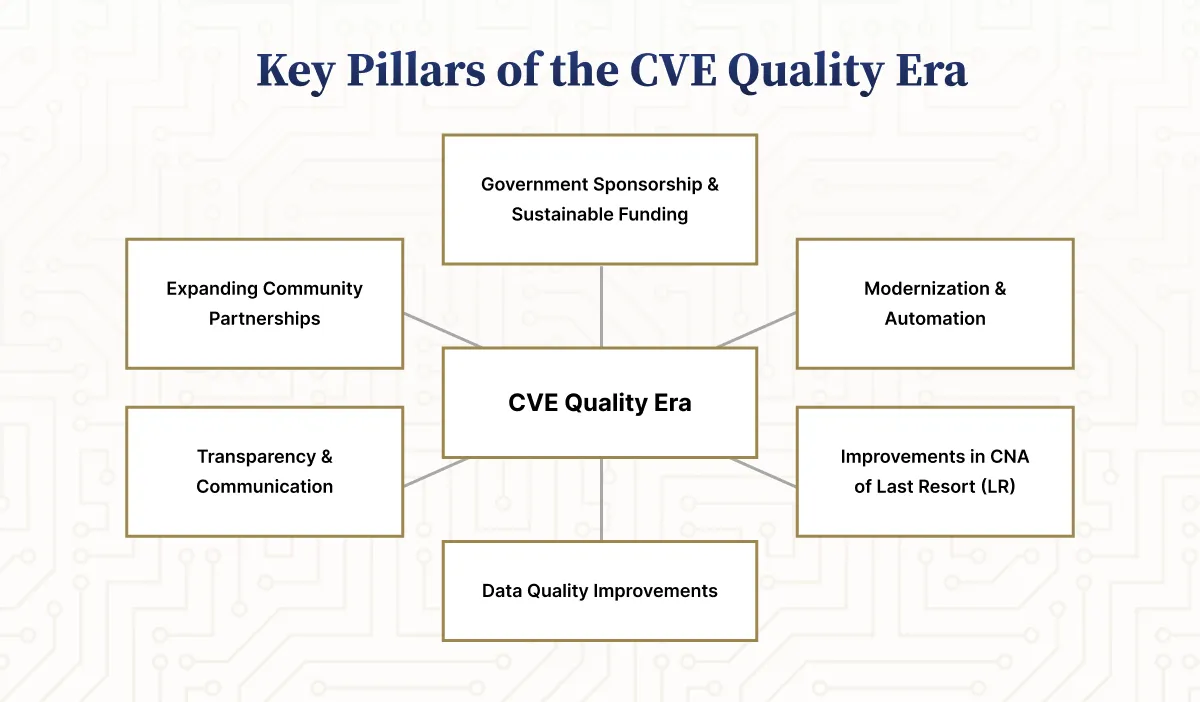
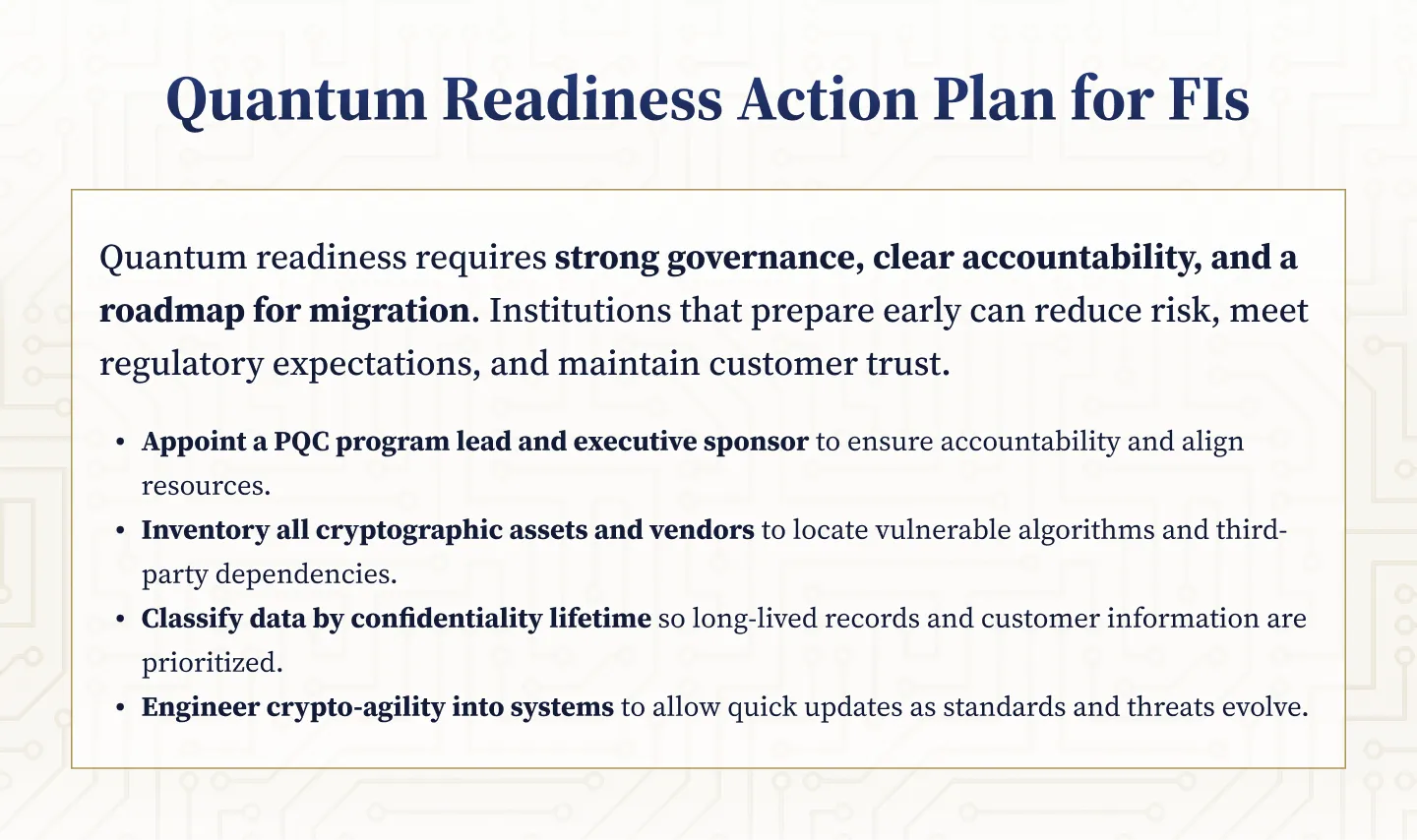
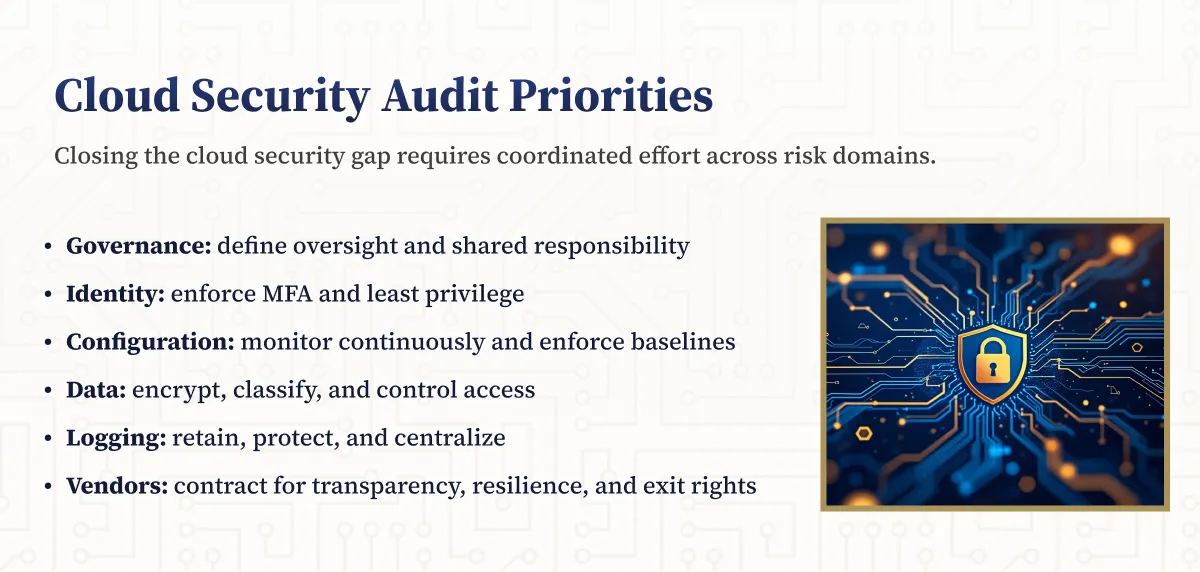
.webp)

.webp)











.webp)



.webp)

%201.webp)
.webp)
%20(3).webp)


.webp)


%20Works.webp)


.webp)




.webp)
%20(1).webp)

.webp)










.webp)
.webp)

.webp)
.webp)
.webp)
.webp)
.webp)
.webp)
%201.svg)